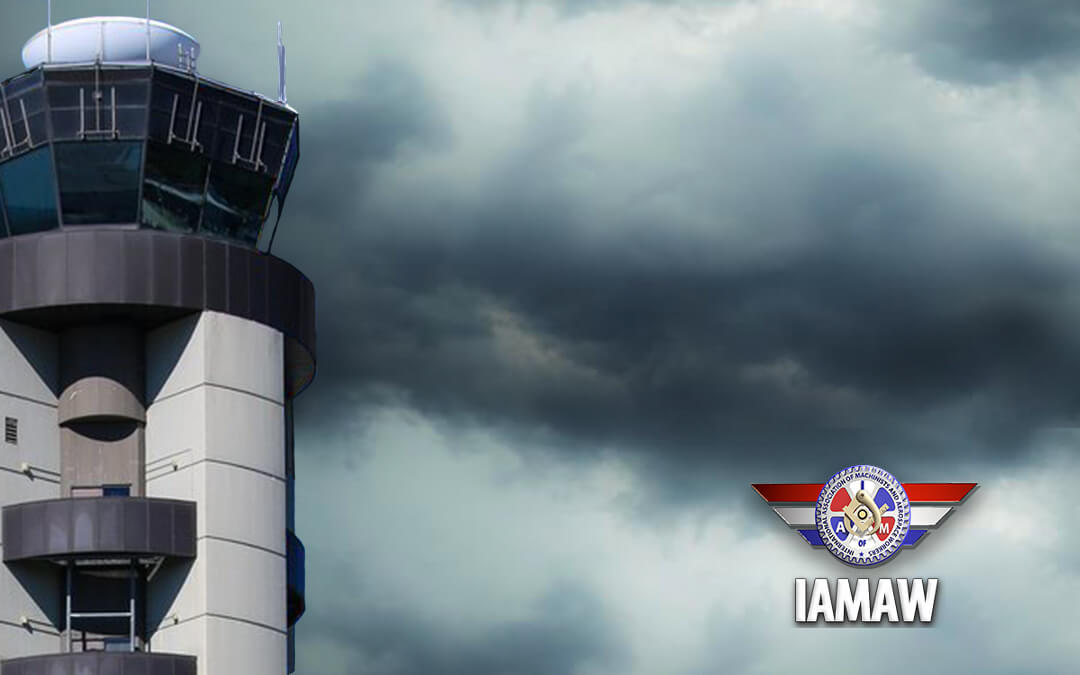
by Eric Price | Oct 29, 2020 | American, Featured, Featured News, Front Page, Page Five, Page Four, Page Three, Page Two, Perusals, Row 2, Safety, Safety, Uncategorized
Zeta has weakened to a tropical storm over Alabama after slamming into the Louisiana Coastline as a Catagory 2 hurricane just days before Halloween. Airline workers have faced 27 tropical storms in 2020, with 11 of them strengthening to hurricane status. The last year...
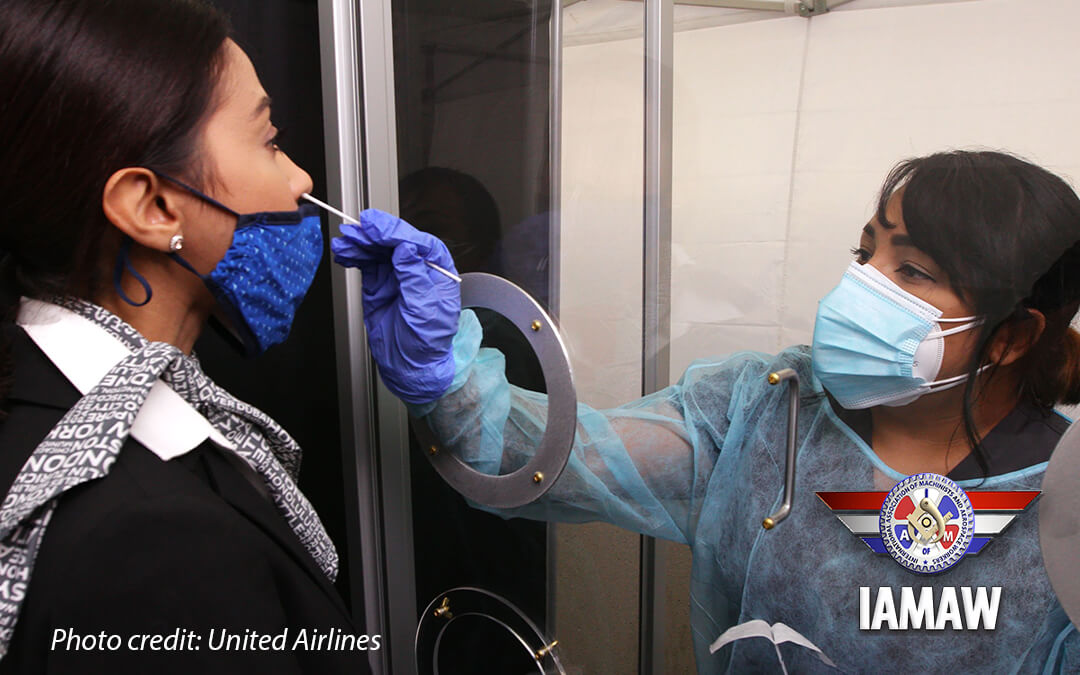
by Eric Price | Oct 19, 2020 | COVID, Featured News, Front Page, Page Four, Page Three, Page Two, Perusals, Row 2, Safety, Safety, Uncategorized, United
United Airlines passengers traveling from San Francisco to Hawaii may bypass the state’s quarantine requirements by taking a rapid-result COVID test from the airline. In a collaboration with the San Francisco International Airport (SFO), United customers now...

by Eric Price | Sep 15, 2020 | Airlines, American, COVID, Front Page, Hawaiian, Page Four, Perusals, Row 2, Safety, Safety, Uncategorized, United
The goal of a Ground Safety Action Program (GSAP) is to enhance aviation safety by preventing personnel injuries, accidents, and incidents. Its focus is to encourage voluntary reporting of safety hazards and events that come to the attention of members of IAMAW...
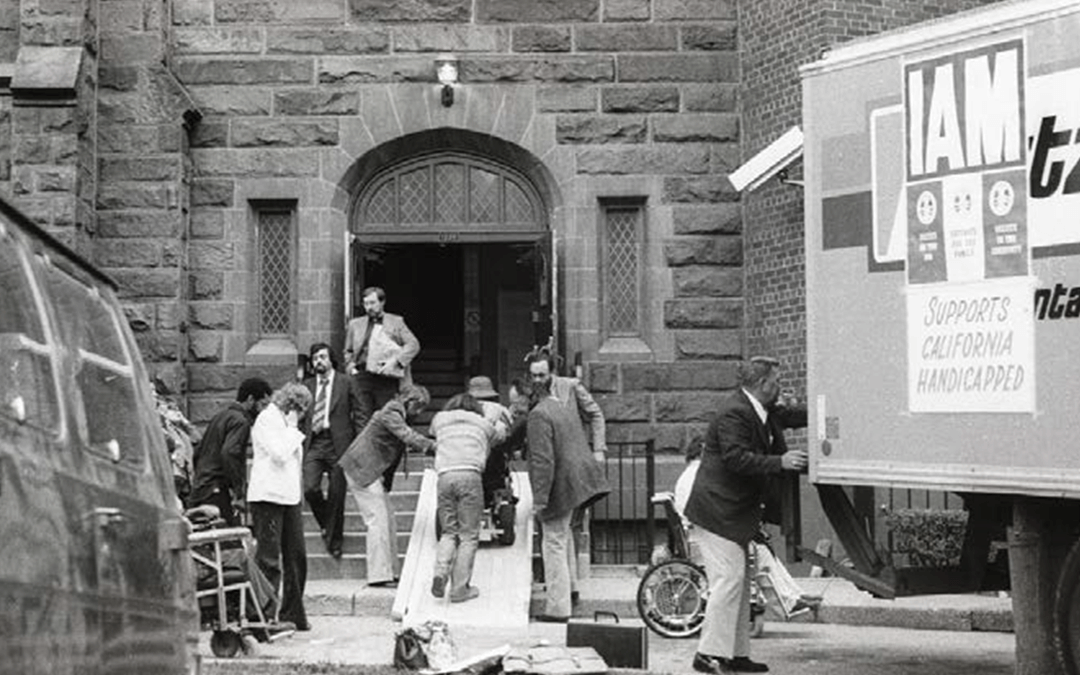
by Eric Price | Jul 27, 2020 | Community Service, Featured, Front Page, GOIAM Stories, MNPL, Safety, Safety, Uncategorized
The Sunday, July 26 anniversary of the signing of the 1990 Americans with Disabilities Act (ADA) is a good time to reflect on how to empower and support workers with differing abilities that we see and interact with every day, whether we realize it or not. The ADA is...
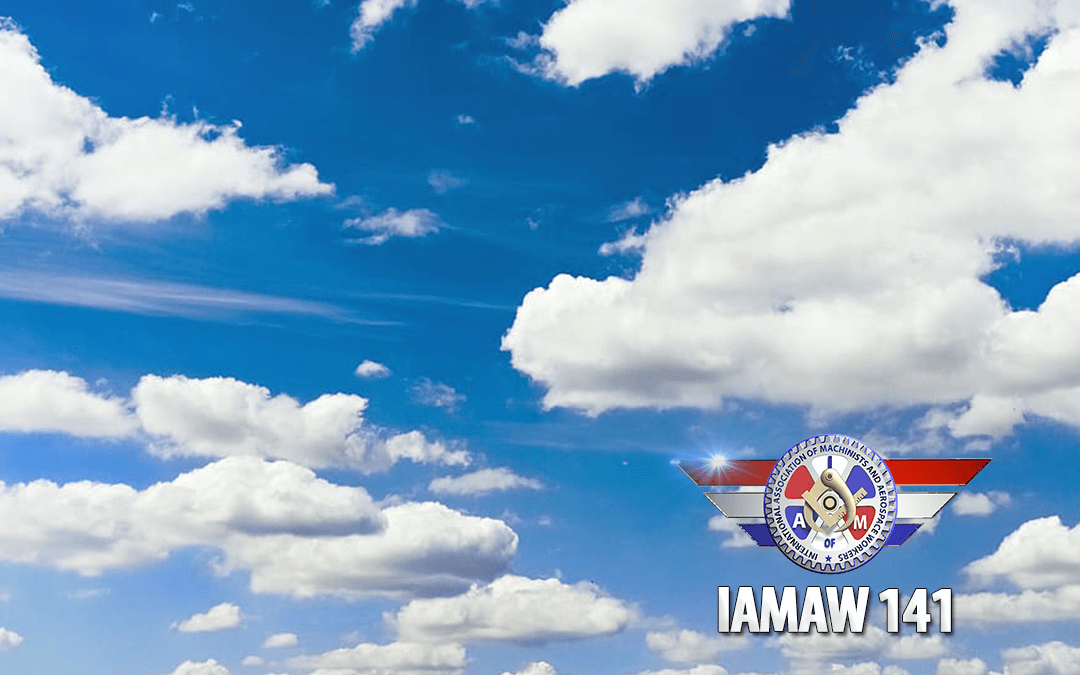
by Eric Price | Jul 13, 2020 | Airlines, COVID, Featured News, Front Page, Row 2, Safety
As the numbers of air travelers inches ever closer to pre-pandemic levels, one question keeps popping up: “Is Flying Safe?” Amid shutdowns, botched re-openings, anti-mask histrionics, and travel bans, air travel has been stuck in a perpetual holding...
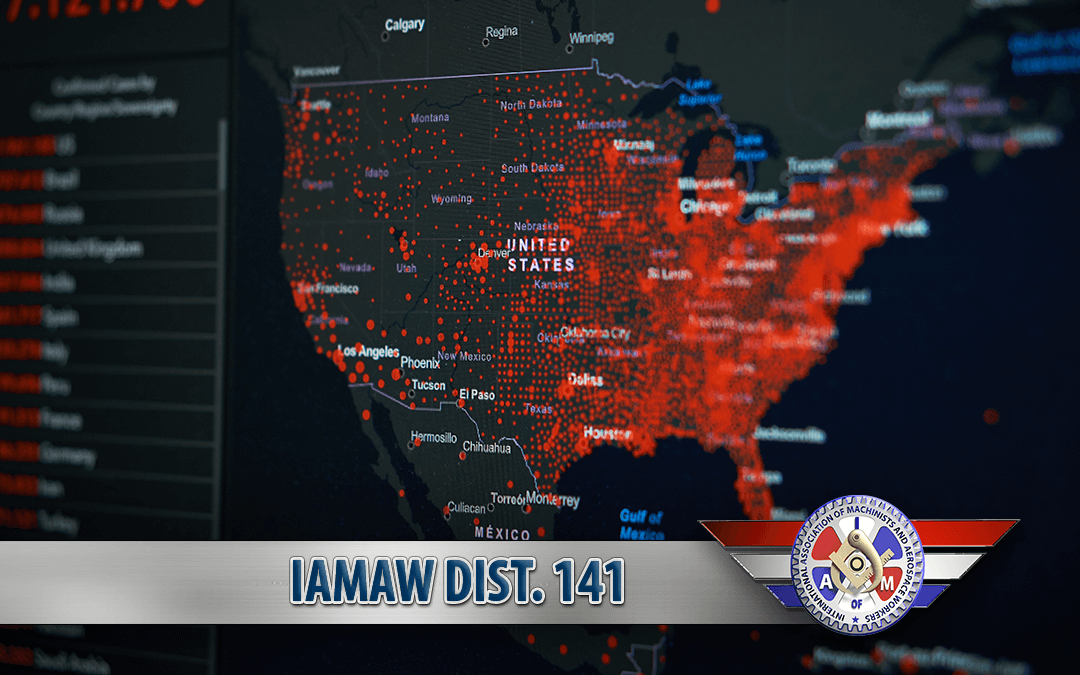
by Eric Price | Jul 10, 2020 | COVID, Education, Featured, Featured News, Front Page, Row 2, Safety, Safety
Johns Hopkins University, the world’s foremost research facility in the war against COVID-19, is offering a free online course for anyone interested in training for a job as a contact tracer. A key strategy for confronting the COVID-19 pandemic has become...







